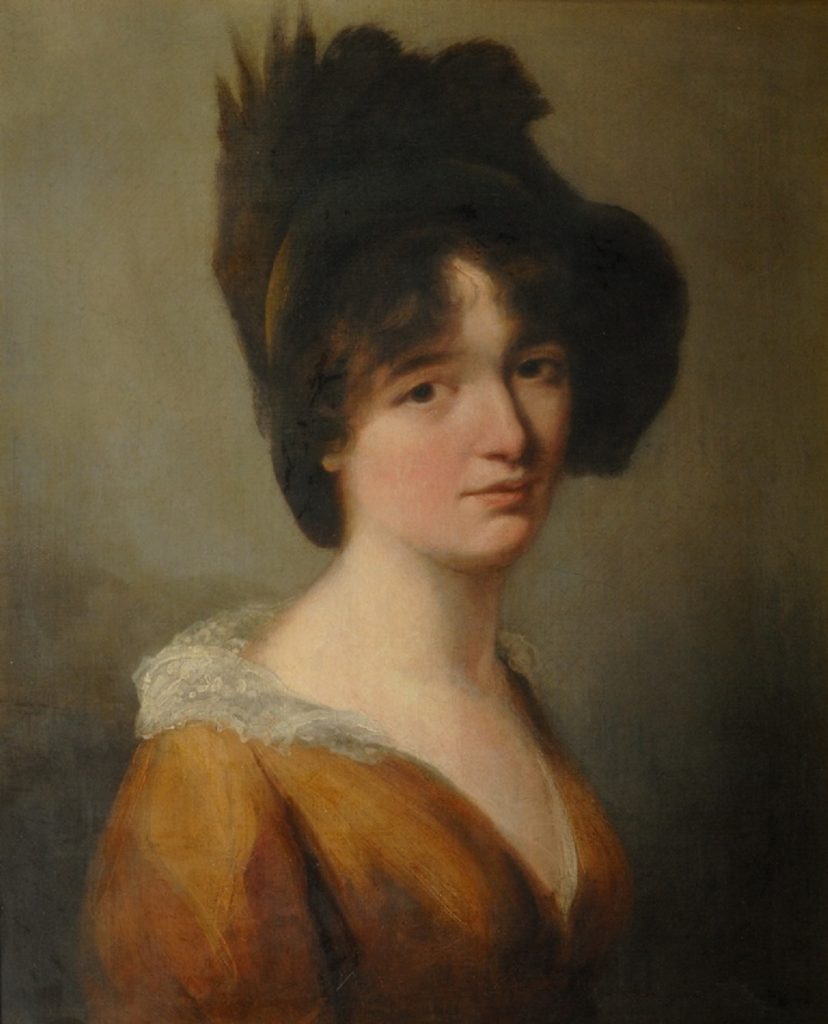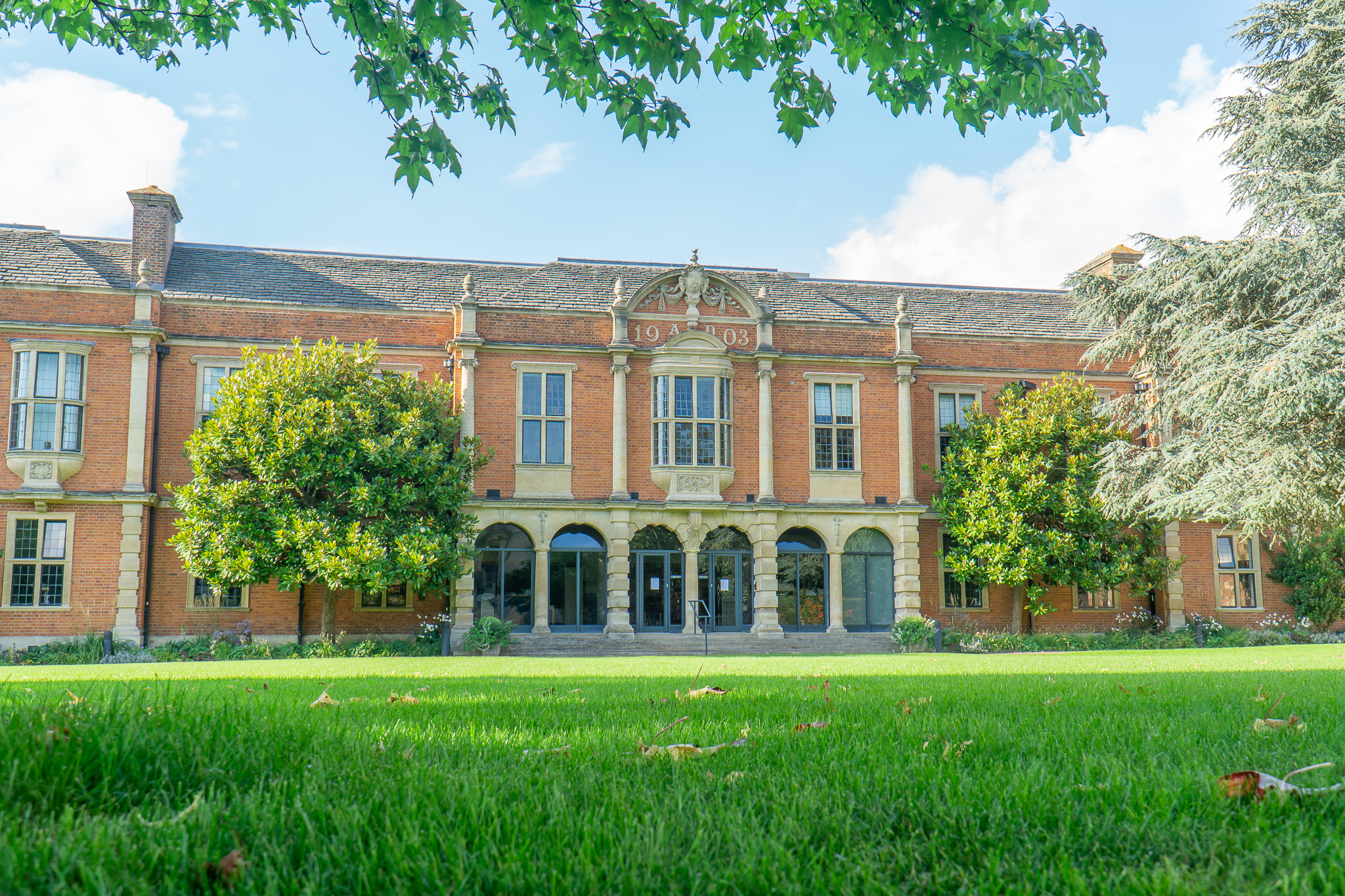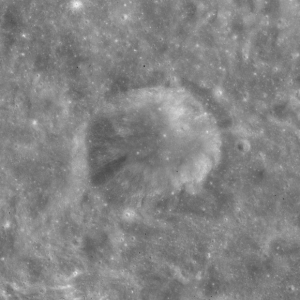Celebrating Mary Somerville (1780–1872)
2022 April 6

In the Journal’s Christmas Quiz, Marie-Louise Archer featured a question about the contributions to astronomy made by Mary Somerville. With the 150th anniversary of Somerville’s death approaching, Marie-Louise here takes a closer look at her extraordinary life.
It is difficult to summarise the genius of Mary Somerville, other than to describe her as a polymath and ‘superwoman’ of the 19th century. Born in 1780, she reached the grand age of 92, and is known as much for her grace, beauty, artistry and musicality as for the formidable intellect which enabled her to become a brilliant mathematician, astronomer and populariser of science. She was indeed an inspirational character.
Born and raised in Scotland in an upper middle-class family, she developed a voracious appetite for reading and was fascinated by the natural world. But her dilemma was that although she had a brilliant mind, she had to battle against the mores of 19th-century society, which limited her access to any formal education. She did not master elementary mathematics until she was a teenager, and it is reported that even her parents were mindful to limit her education, as they felt that such study had contributed to her sister’s death. Her riposte was simple: she thought it ‘unjust that women should have been given a desire for knowledge if it were wrong to acquire it’.
Her problems continued, as her first husband was strongly opposed to female learning and discouraged her from academic pursuits. However, at the age of 27, she was prematurely widowed. Although having a young child to support, this new-found freedom enabled her to feed her insatiable desire for knowledge.
Her second husband was thankfully much more enlightened: in 1812 she married her cousin, Dr William Somerville, who fully supported the advancement of her learning. Indeed, at a time when, as a woman, she could not use the Royal Society premises, he would willingly spend days transcribing important articles for her. He was extremely proud of her, and they enjoyed 48 happy years together. Even so, in public, she was careful to hide her intellectual ability, instead concentrating on her domestic abilities, as was required of her (her status as a ‘domestic goddess’ was reportedly sealed by making orange marmalade for one of William Parry’s Arctic expeditions –in homage, Parry named an island in northern Canada after her).
In 1817, William and Mary embarked on a ‘Grand Tour’ of Europe, where they met many famous astronomers and scientists before settling in London’s fashionable Hanover Square two years later. On their return, they mixed with many eminent figures from the sciences and arts. She forged a lifelong friendship with Sir John Herschel, who was the son of William Herschel and a notable astronomer in his own right.
Her literary endeavours began with rather a shaky start, as the conclusions of her first scientific paper on magnetism and the solar spectrum were shown to be incorrect – this had a devastating effect on her, and she felt that she had pulled all women down as a result. But Mary was passionate about astronomy, believing it combined all aspects of physical science. She commented:
‘In [astronomy] we perceive the operation of a force which is mixed up with everything that exists in the heavens or on earth [sic]; which pervades every atom, rules the motions of animate and inanimate beings, and is as sensible in the descent of a rain-drop as in the falls of Niagara; in the weight of the air, as in the periods of the moon.’
Her first book, Mechanism of the Heavens (1831), which was a translation of a five-volume thesis written by the established French astronomer and scientist, Pierre-Simon Laplace (known as ‘the Newton of France’), received glowing reviews. This book had been intended to be accessible to the general public, even to those with basic English, but it went far beyond this. Rather than just a mere translation, it was an involved treatise on astronomy and physics, and gave a summary of gravitational mathematics and the mathematical workings of the solar system. It was used as a standard textbook for undergraduate mathematicians at the University of Cambridge until the 1880s.
It was her second book, On the Connexion of the Physical Sciences (1834), that cemented her reputation as one of the leading scientists of her time (in fact the term ‘scientist’ was coined especially for Mary by the scientist and historian William Whewell, as he could find no other appropriate title for her which would encompass all her diverse abilities and accomplishments). Her thesis was a true academic tour de force as it covered every branch of physical science and was instrumental in making modern physics a discipline in its own right. What the book discussed was staggering in its sheer range of subject and detail: the electrical and magnetic causes of the aurora borealis, the cause of meteor showers (virtually identical to what is accepted today) and the Earth’s own rotation; she went on to discuss fixed stars and binary systems and the diversity of ‘misty nebulae and star clusters’. She also predicted the existence of Neptune, based on the idea of a hypothetical planet ‘perturbing Uranus’. It is interesting to note that a young John Couch Adams, who studied at Cambridge, was inspired by her, and he successfully predicted the position of Neptune before its discovery in 1846.
In 1835, she and Caroline Herschel were elected as the first female honorary members of the Royal Astronomical Society. She was also given a host of other honours.
She then published two further books on aspects of geology, geophysics and physical geography when she and her family moved to Naples; these too were well received.

In her old age, she was looked after by her two surviving daughters. But astonishingly, at the age of 89, she produced a thesis entitled On Molecular and Microscopic Science (1869), as she had become fascinated by the latest ideas about the composition of matter and the recent discoveries of spectroscopy.
Throughout her life she also took a great interest in politics and campaigned for women’s suffrage and education. (Even as a child she reportedly gave up sugar in her tea to fight against slavery.) She was a devout Christian all her life.

Her legacy runs deep. Who else can claim four influential ‘bestsellers’ and has an Oxford College, a crater on the Moon, an island in the Arctic, an asteroid and even her own Google ‘doodle’ named after her? It is generally recognised that she did more to advance women’s equality in terms of suffrage and access to education than anyone else in Victorian society, while she also popularised all branches of physical science, and opened these subjects up to the masses. In fact, her books helped to shape the ways of thinking of many future generations. She was further honoured in 2017 when the Royal Bank of Scotland issued a polymer £10 note with her image on its front – she was the first non-royal woman to be honoured in this way. Fittingly, a lunar diagram, taken from Mechanism of the Heavens, appears when the note is viewed under UV light.
When she died in 1872, The Morning Post, a London newspaper, declared in her obituary that ‘Whatever difficulty we might experience in the middle of the nineteenth century in choosing a king of science, there could be no question whatever as to the queen of science’. A fine tribute to such an extraordinary lady, who the social constraints on 19th century women could not stop from becoming one of the most influential astronomers and scientists of that age.
| The British Astronomical Association supports amateur astronomers around the UK and the rest of the world. Find out more about the BAA or join us. |
